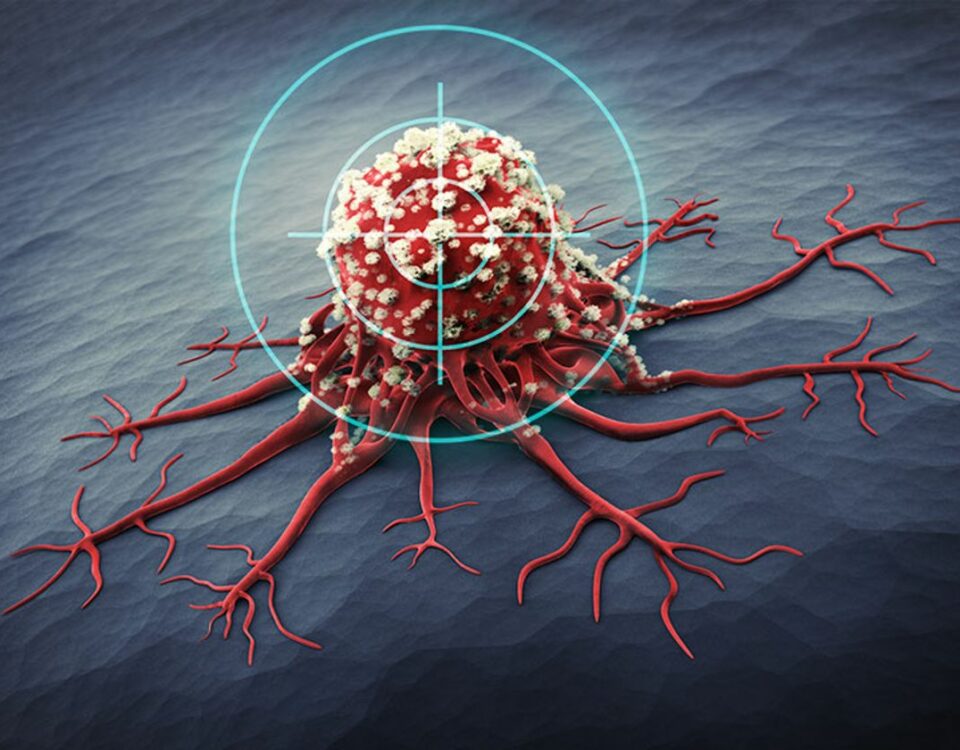
Recent Progress in Cancer Treatment: The Personalized Medicine Approach
October 6, 2023
European Commission approves CAR T therapy for lymphoma
October 7, 2023Introduction:
In today’s world, where obesity rates continue to rise, bariatric surgery has emerged as a transformative solution for individuals grappling with severe obesity. This life-changing surgical procedure aims to facilitate weight loss and mitigate associated health risks, providing hope for those who have struggled to achieve sustained results through conventional weight loss methods. Bariatric surgery is a sophisticated and personalized treatment option that involves modifying the digestive system to reduce food intake or nutrient absorption. It has been proven highly effective in empowering patients to regain control of their health and enhance their overall quality of life.
Obesity:
Obesity is widely recognized as a chronic disease influenced by a myriad of factors, including genetics, environment, and behavior. It significantly increases the likelihood of developing serious health conditions such as type 2 diabetes, heart disease, hypertension, sleep apnea, and joint problems. For individuals with a body mass index (BMI) of 40 or higher, or those with a BMI of 35 or higher accompanied by obesity-related comorbidities, bariatric surgery offers a potential solution. The primary objective of bariatric surgery is to achieve significant and sustained weight loss by altering the anatomy of the digestive system.
Bariatric Surgery:
Bariatric surgery not only promotes weight loss but also engenders positive changes in metabolic functioning and overall health. Many patients experience improvements in obesity-related comorbidities such as diabetes remission, enhanced cardiovascular health, reduced sleep apnea symptoms, and improved joint mobility. Furthermore, successful weight loss resulting from bariatric surgery can lead to increased self-esteem, improved mental health, and a greater sense of well-being. However, it is important to note that bariatric surgery is not a quick fix or a one-size-fits-all solution. It necessitates a lifelong commitment to lifestyle changes, including adopting a healthy eating plan, engaging in regular physical activity, and attending follow-up appointments for monitoring and support. A comprehensive multidisciplinary approach involving healthcare professionals such as bariatric surgeons, dietitians, psychologists, and exercise specialists is vital for long-term success.
Common Bariatric Procedures:
Multiple types of bariatric surgery exist, each employing a unique approach to facilitate weight loss and enhance metabolic health. Below are concise descriptions of the most prevalent procedures:
- Gastric Bypass (Roux-en-Y Gastric Bypass):
- This procedure involves creating a small pouch at the top of the stomach, which is then directly connected to the small intestine, bypassing a significant portion of the stomach and the upper portion of the small intestine.
- This restricts the amount of food that can be consumed and reduces calorie absorption.
- It also triggers changes in gut hormones that promote satiety, enhance insulin sensitivity, and improve blood sugar control.
- Sleeve Gastrectomy:
- In this procedure, a large portion of the stomach is surgically removed, leaving behind a smaller, banana-shaped “sleeve” stomach.
- The reduced stomach capacity restricts food intake, leading to a sensation of fullness with smaller meals.
- It also impacts gut hormones, helping regulate appetite and improve blood sugar control.
- Adjustable Gastric Banding:
- A silicone band is placed around the upper part of the stomach, creating a small pouch above the band.
- The band’s size can be adjusted by adding or removing saline solution to control the pouch’s size and food passage rate.
- This procedure restricts food intake and promotes a feeling of fullness.
- Biliopancreatic Diversion with Duodenal Switch (BPD-DS):
- This intricate procedure comprises two components: a sleeve gastrectomy and an intestinal bypass.
- Similar to the sleeve gastrectomy, a section of the stomach is removed to create a smaller stomach.
- Additionally, a significant portion of the small intestine is bypassed, altering nutrient absorption.
- BPD-DS leads to significant weight loss and substantial metabolic changes, but it is typically reserved for individuals with severe obesity.
- Intragastric Balloon:
- This procedure involves endoscopically placing a deflated balloon in the stomach, which is then filled with saline solution or gas to occupy space in the stomach.
- The balloon induces a feeling of fullness with smaller food portions, facilitating weight loss.
- It is a temporary measure and is typically removed after a few months.
These are some of the primary bariatric surgery procedures available. The choice of procedure depends on various factors, including a patient’s overall health, BMI, and specific goals. Consulting with a healthcare professional specializing in bariatric surgery is crucial to determine the most suitable option and understand the potential risks and benefits associated with each procedure.
Author:
Soheil Najafi Mehri, MSN, PhD
CEO of AfraMedico




